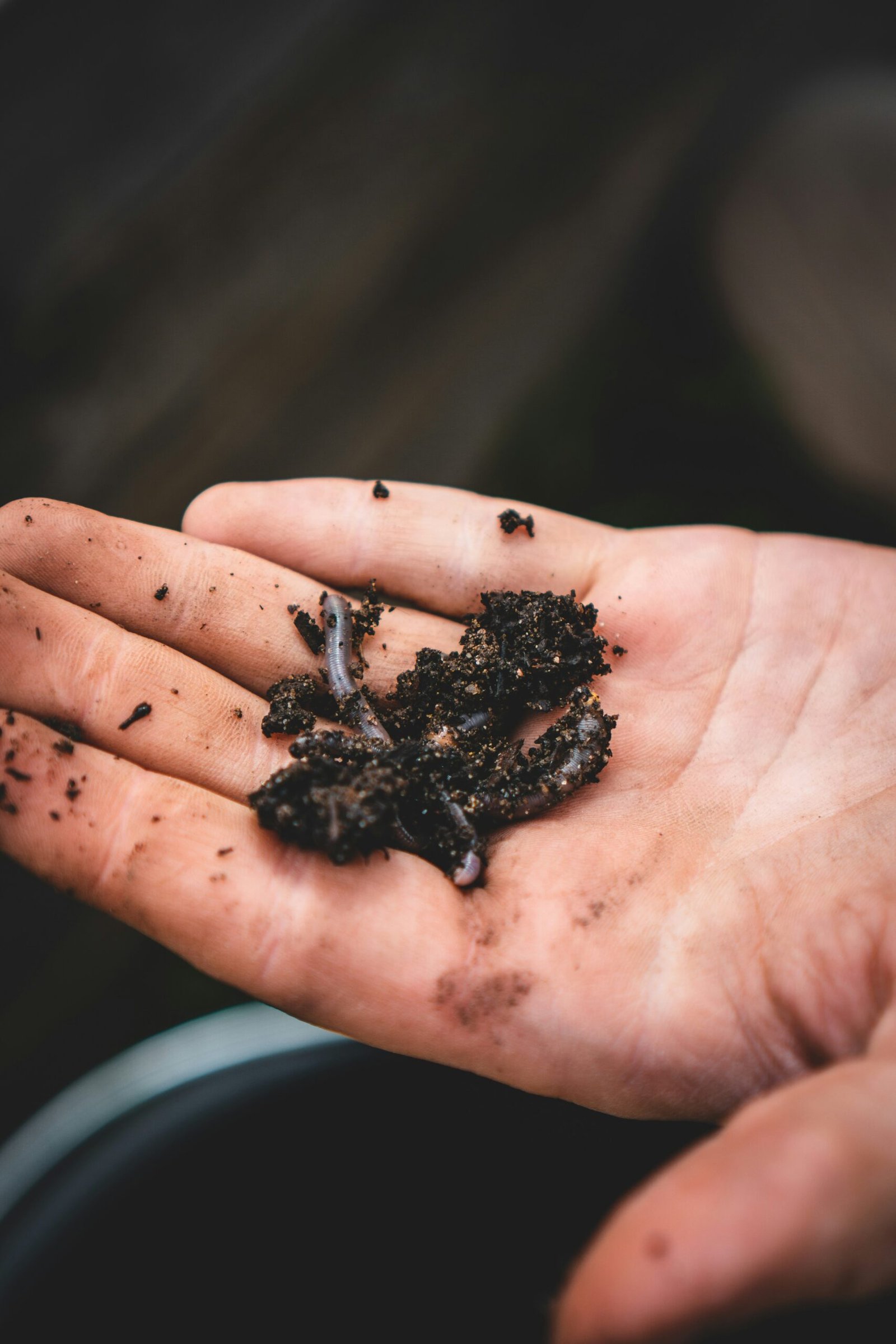

Introduction to Worm Composting
Worm composting, also known as vermiculture, is an efficient method of recycling organic waste into nutrient-rich compost using worms. This eco-friendly process not only helps in managing household waste but also contributes significantly to soil health. In this tutorial, we will guide you through the steps involved in setting up and maintaining a worm composting system.
Step 1: Gather Your Materials
To start worm composting, you will need a few essential materials. These include a worm bin, bedding material like shredded paper or coconut coir, and red worms (Eisenia fetida), which are best suited for composting. Additionally, collect some organic waste such as fruit peels, vegetable scraps, and coffee grounds to feed your worms.
Step 2: Prepare the Worm Bin
Choose a suitable container for your worm bin. It can be a plastic or wooden box with a lid to keep it dark and moist. Drill small holes in the sides and bottom of the bin to ensure proper aeration and drainage. Line the bottom with a layer of bedding material to create a comfortable habitat for the worms.
Step 3: Introduce the Worms
Once the worm bin is prepared, it’s time to introduce the red worms. Gently place them on top of the bedding material. They will naturally burrow into the bedding to escape the light. Make sure to keep the bin in a cool, shaded place away from direct sunlight.
Step 4: Feed the Worms
Begin feeding your worms with small amounts of organic waste. Avoid adding meat, dairy, or oily foods as they can attract pests and create unpleasant odors. Bury the food scraps under the bedding to minimize exposure to light and air. Gradually increase the amount of food as the worm population grows.
Step 5: Maintain the Worm Bin
Maintaining the worm bin involves regular monitoring and care. Keep the bedding moist but not waterlogged. If the bin becomes too wet, add more dry bedding material. Harvest the compost every few months by moving the contents to one side of the bin and adding fresh bedding and food to the other side. The worms will migrate to the new food source, allowing you to collect the finished compost.
Conclusion
Worm composting is a rewarding and sustainable way to manage organic waste. By following these steps, you can create a thriving worm composting system that produces high-quality compost for your garden. Happy composting!
RELATED POSTS
View all
